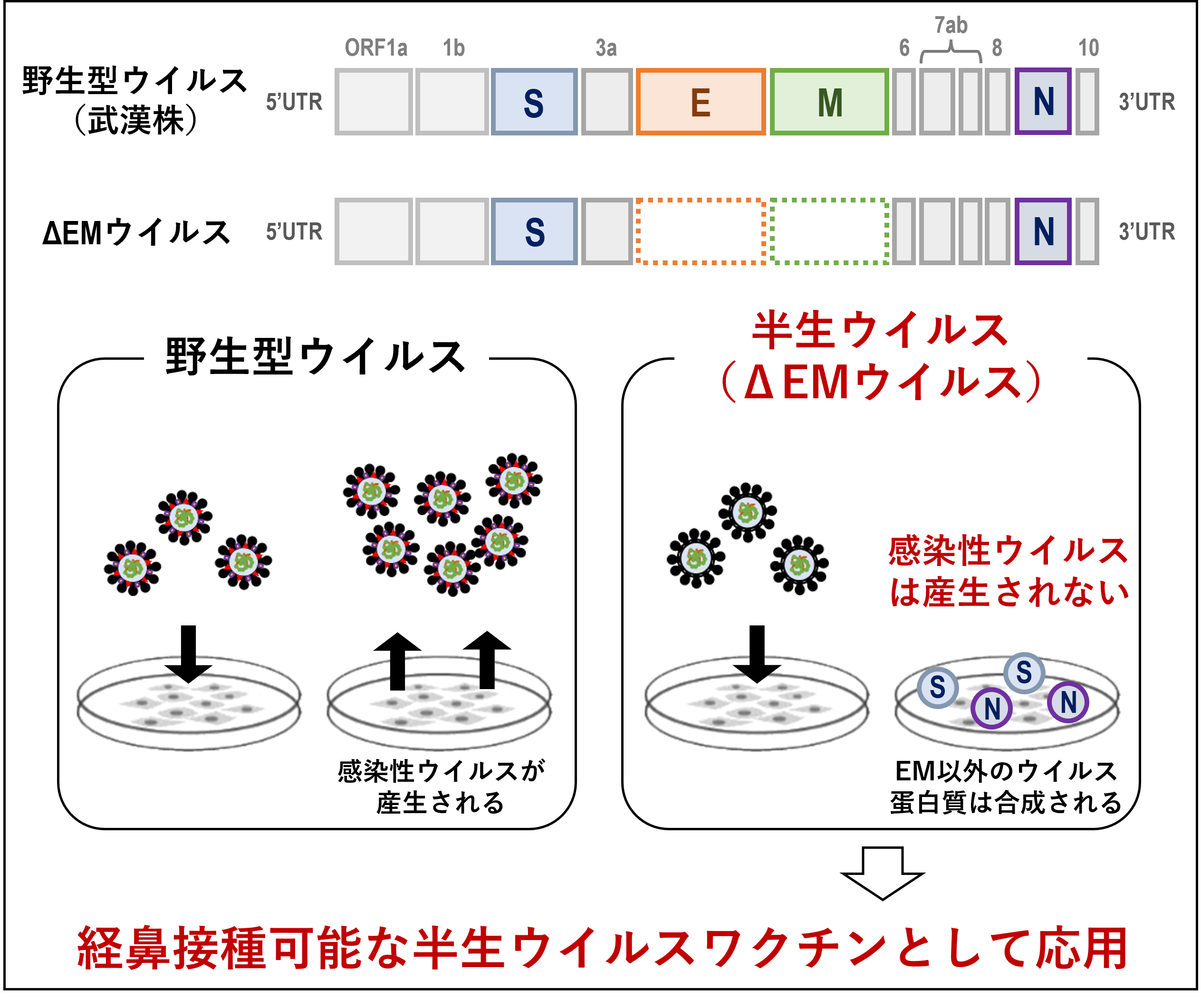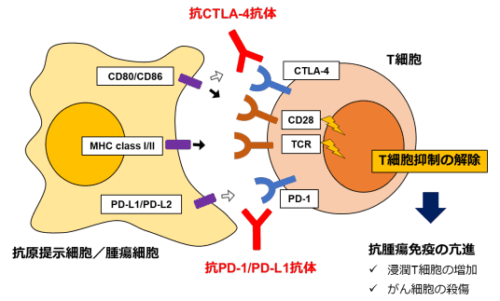2025-05-20 東京大学

<関連情報>
- https://www.u-tokyo.ac.jp/focus/ja/press/z0406_00004.html
- https://www.u-tokyo.ac.jp/content/400264190.pdf
- https://www.nature.com/articles/s41467-025-59533-4
エンベロープと膜のオープンリーディングフレームを欠くSARS-CoV-2ウイルスのワクチンプラットフォームとしての役割 SARS-CoV-2 virus lacking the envelope and membrane open-reading frames as a vaccine platform
Makoto Kuroda,Peter J. Halfmann,Ryuta Uraki,Seiya Yamayoshi,Taksoo Kim,Tammy A. Armbrust,Sam Spyra,Randall Dahn,Lavanya Babujee & Yoshihiro Kawaoka
Nature Communications Published:14 May 2025
DOI:https://doi.org/10.1038/s41467-025-59533-4
Abstract
To address the need for broadly protective SARS-CoV-2 vaccines, we developed an attenuated a SARS-CoV-2 vaccine virus that lacks the open reading frames of two viral structural proteins: the envelope (E) and membrane (M) proteins. This vaccine virus (ΔEM) replicates in a cell line stably expressing E and M but not in wild-type cells. Vaccination with ΔEM elicits a CD8 T-cell response against the viral spike and nucleocapsid proteins. Two vaccinations with ΔEM provide better protection of the lower respiratory tissues than a single dose against the Delta and Omicron XBB variants in hamsters. Moreover, ΔEM is effective as a booster in hamsters previously vaccinated with an mRNA-based vaccine, providing higher levels of protection in both respiratory tissues compared to the mRNA vaccine booster. Collectively, our data demonstrate the feasibility of a SARS-CoV-2 ΔEM vaccine candidate virus as a vaccine platform.


